Serpentine Sunsets - Ring Mountain
/This past Saturday a small group got to experience a very special evening on Ring Mountain in Tiburon, CA. Under the setting sun participants explored a serpentine habitat containing multiple rare plants including one of the most stunning wildflowers in California: Calochortus tiburonensis. After sunset, moth lights were use to examine what flying insects occur in the area.
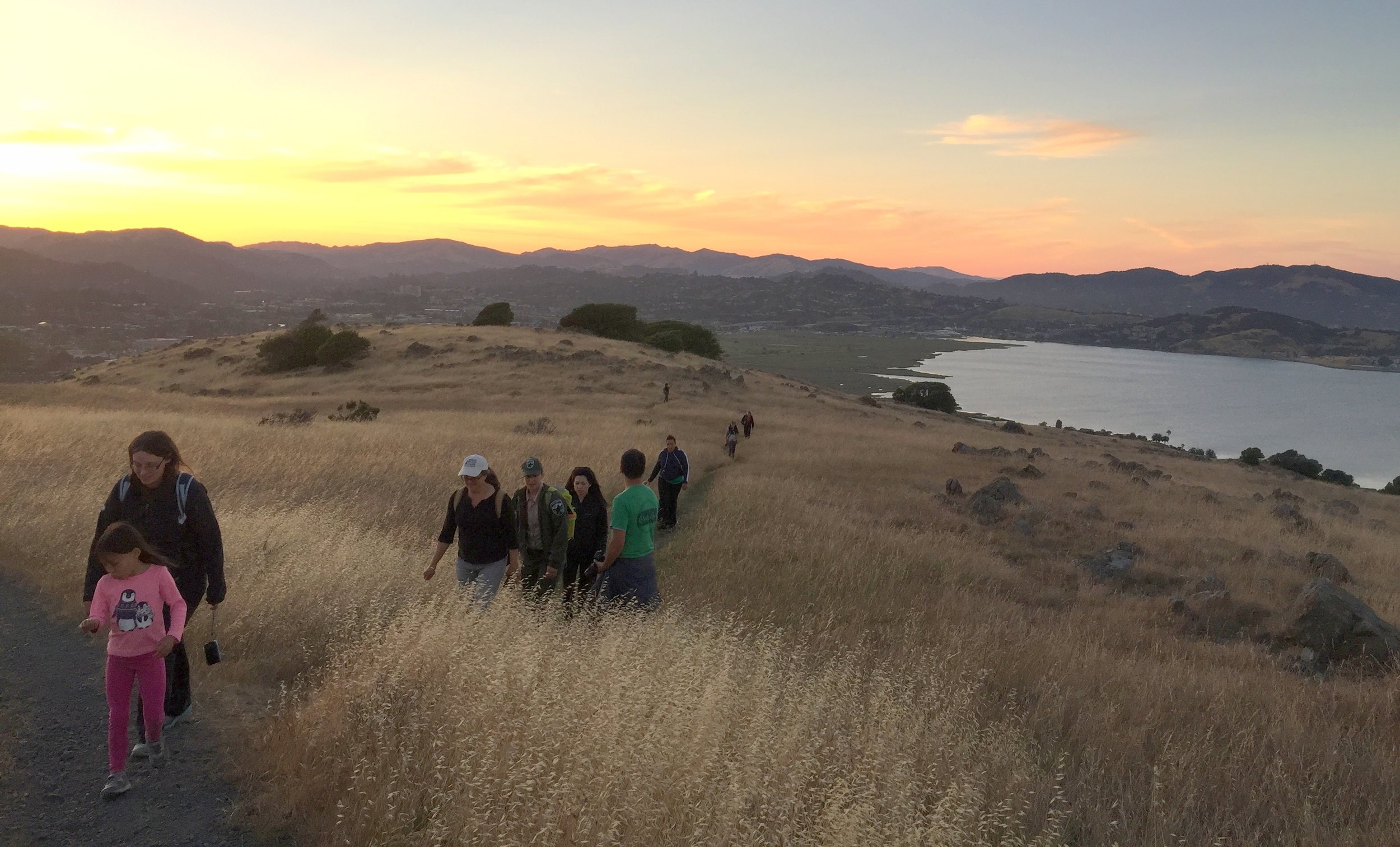
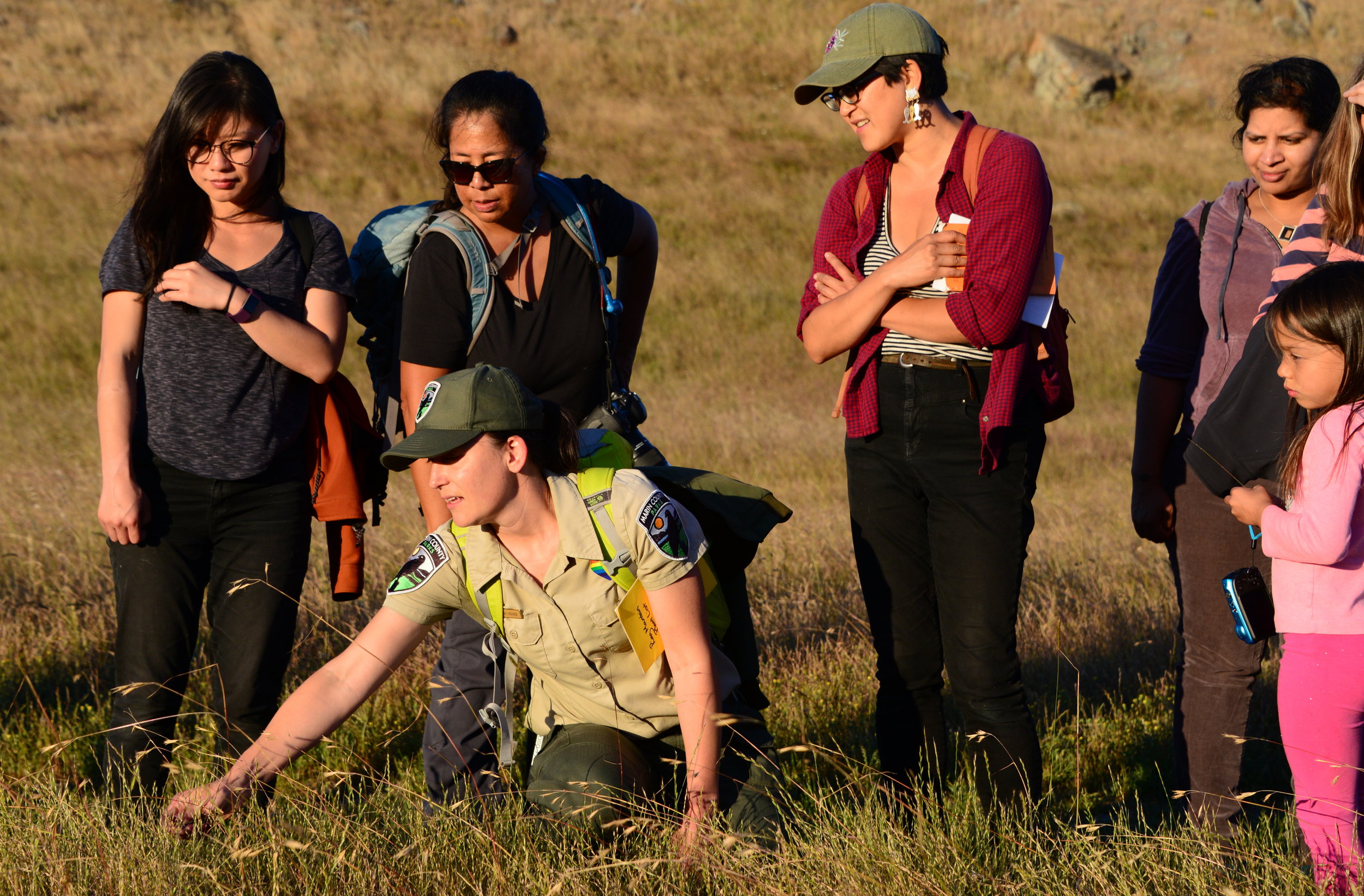

Ring Mountain is a geological, botanical, and conservation wonder. The ridge that makes up Ring Mountain is composed of rocks from the subduction event between the continental plate and the ancestor of the Juan de Fuca plate. The smashing and mixing of material took place at extremely high pressure, but low temperatures and somehow made its way back to the surface quickly creating the crest of Tiburon. It is some of the highest grade metamorphic rock in Northern California and a large portion of it is serpentinite, a mineral low in calcium, high in magnesium, and nickel, which gives the stone is blueish shimmer. Serpentine soils are notoriously difficult places for plants to grow as plants require calcium and the soil also does not hold water well, so tends to be very dry on top of being nutrient deficient. Other common minerals in the area are lawsonite, glaucophane, jadeite and actinolite. Blue schist is the name applied to the ensemble of these minerals and large lumps of it are dotted around Ring Mountain in stupendous boulders; turtle rock, petroglyph rock, and split rock are just a few of the notable large chunks.
The serpentinite rich soils on Ring Mountain are inhabited by a number or novel plants that have evolved to deal with the difficult soils, some of which can be seen only on Ring Mountain and no place else in the world. The Tiburon Mariposa Lily (Calochortus tiburonensis) is the most famous of the rare plants on the mountain due to its rather large and intricate flower. C. tiburonensis wasn't discovered and named until the early 1970s, which is amazing considering most of the bay area had already been well surveyed by botanists for over 100 years. The relatively small plot of land and a narrow bloom time is most likely what allowed it to avoid detection for so long. Other notable plants in the area are the Marin Dwarf Flax, Pitted onion, cream sacs, Tiburon buckwheat, and Long ray brodiaea.

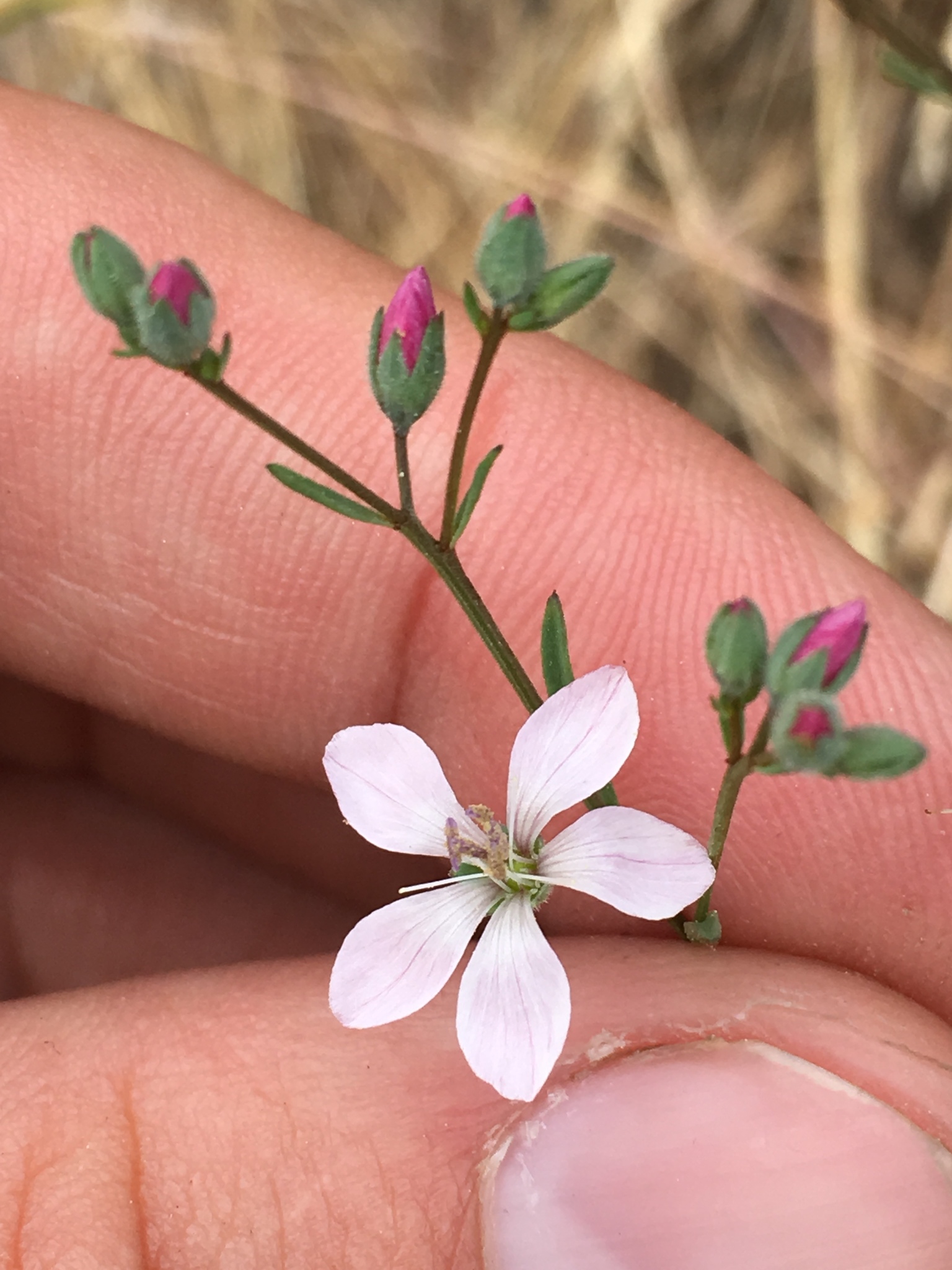
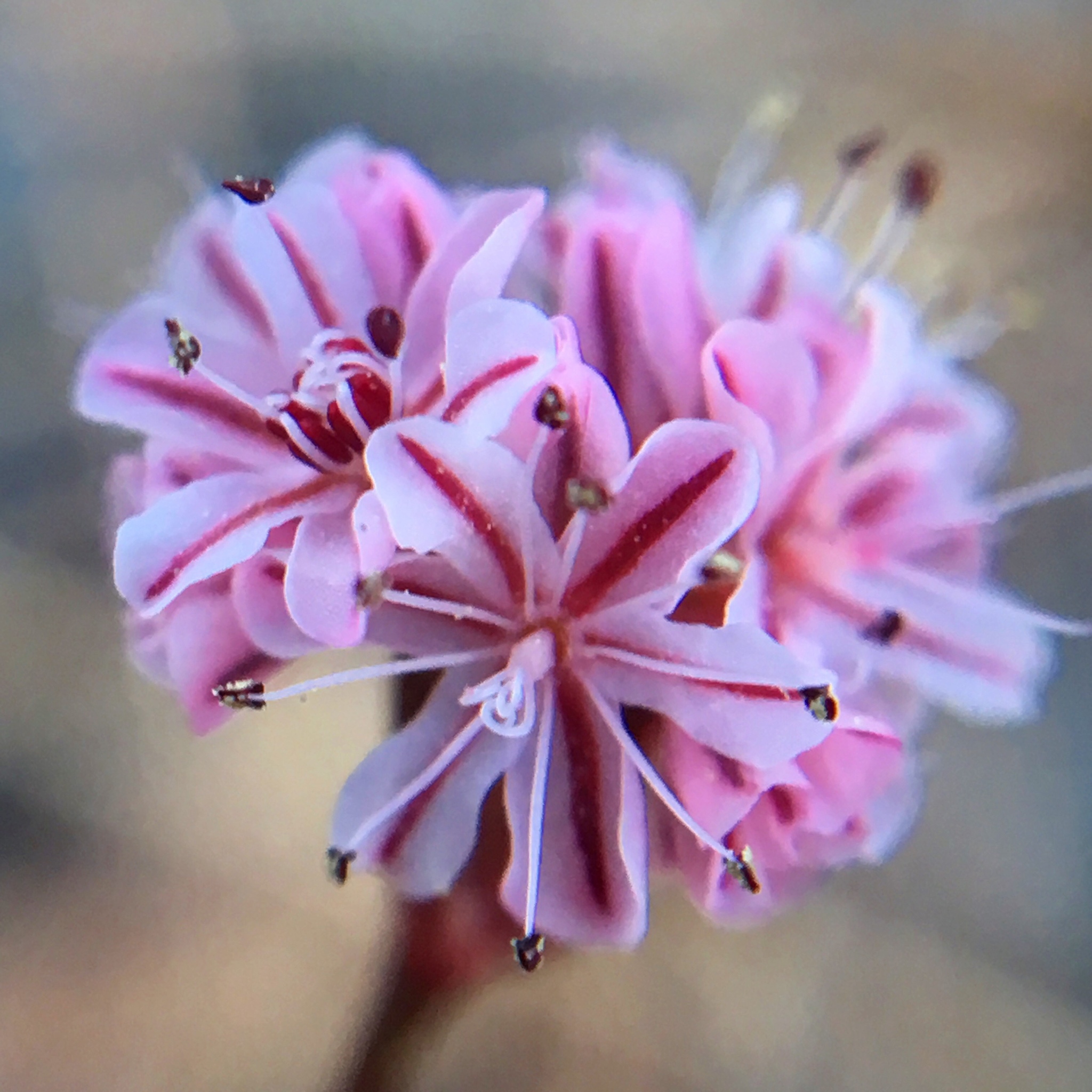

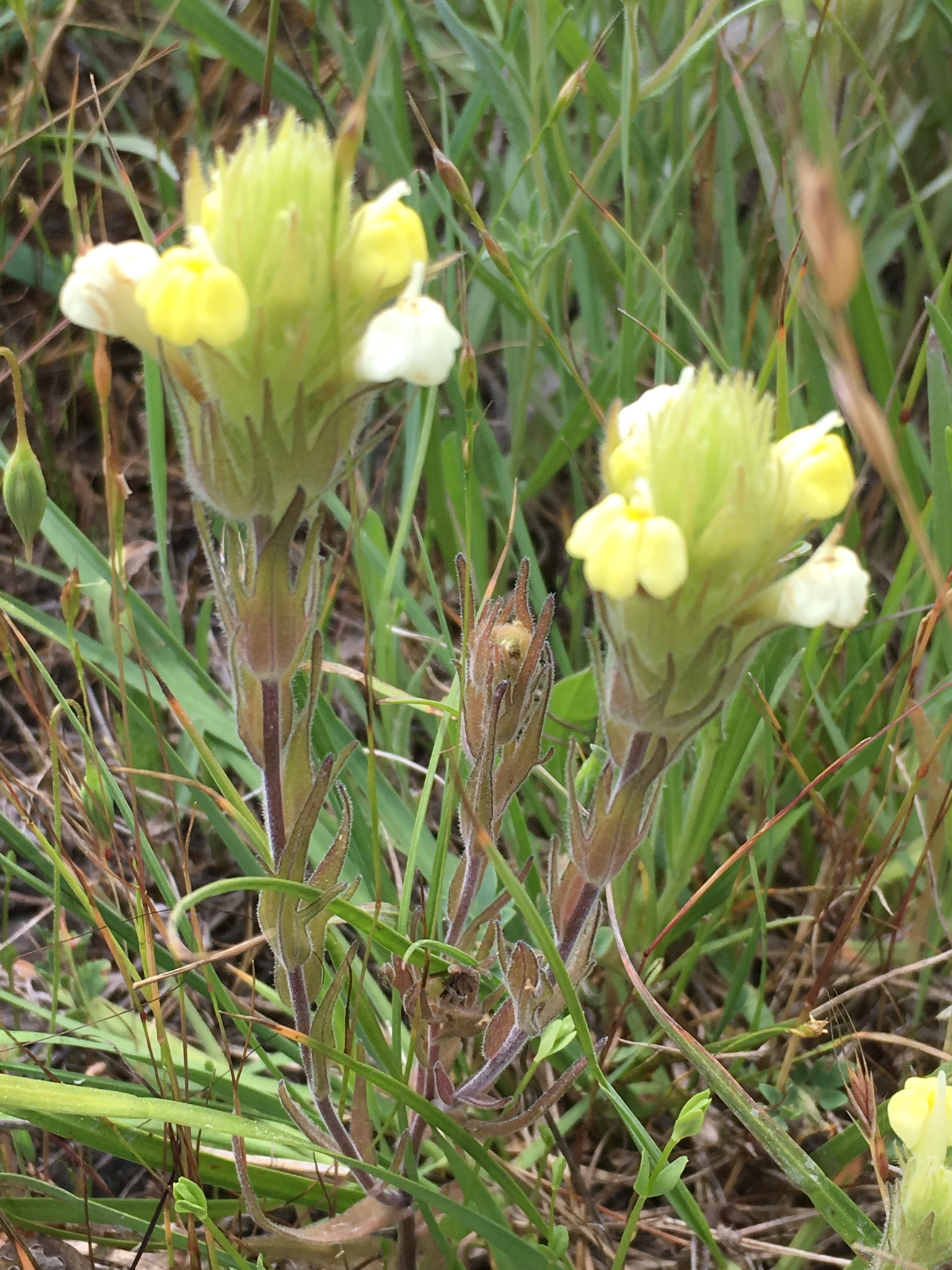
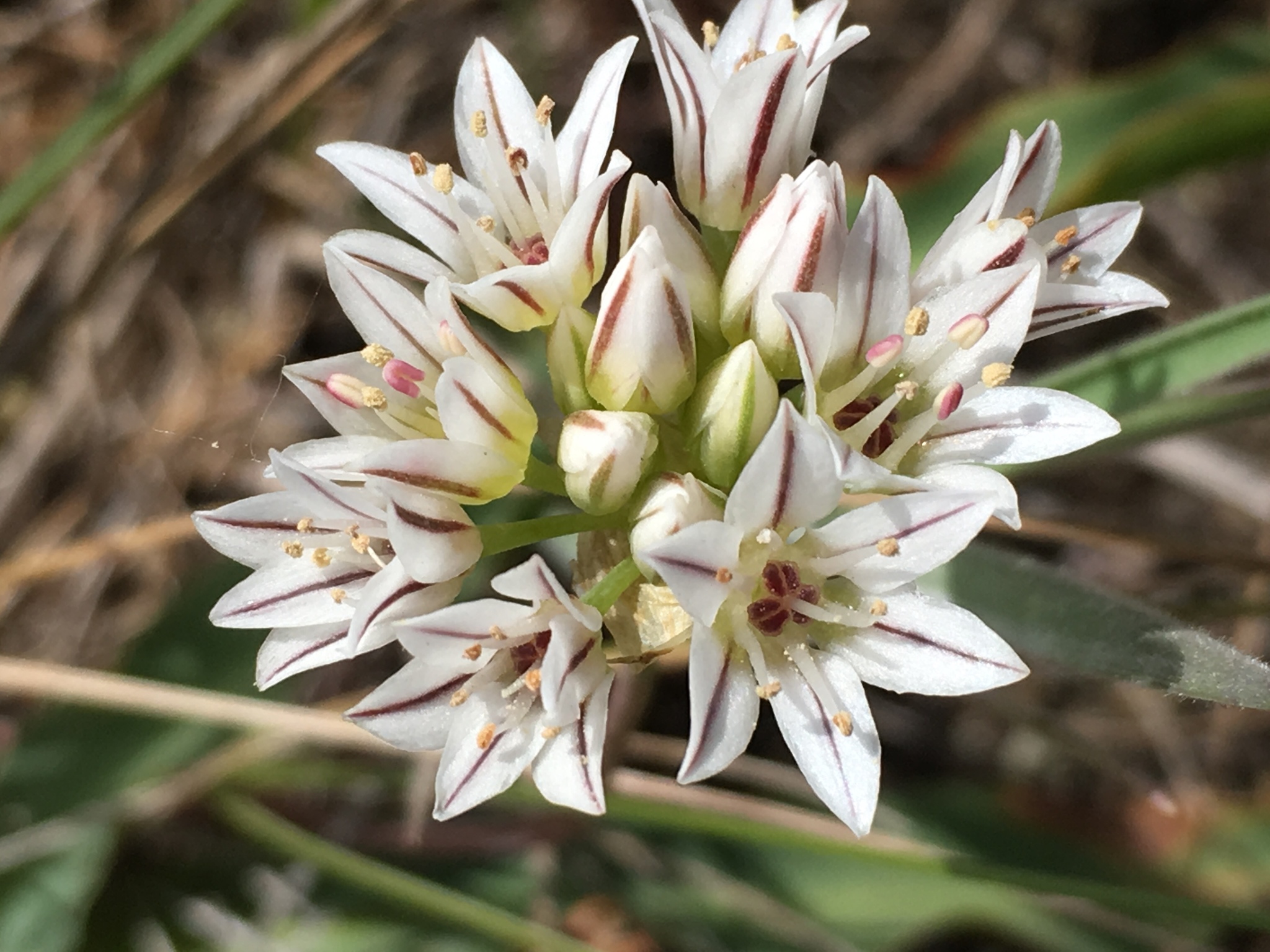
Moths are an important pollinator for plants but on most nature walks go unseen, since many of them fly under the cover of darkness to keep themselves out of the reach of birds and other predators. The existing species list for Ring Mountain has been compiled primarily by a handful of visits by Jerry Powell, Professor of Systematic Entomology at UC Berkeley, over approximately 30 years, but could use updating. Moths for reasons that are still unclear are attracted to lights. Three lights were set up at different locations for the evening and participants got a chance to see some of these invisible inhabitants. Damon was running a cheap DIY Moth light accessible for beginners, Donald was running a LepiLED, and Ken-ichi was running a BioQuip setup. A number of moths visited the lights through the hour we spent after sunset and some can seen below.
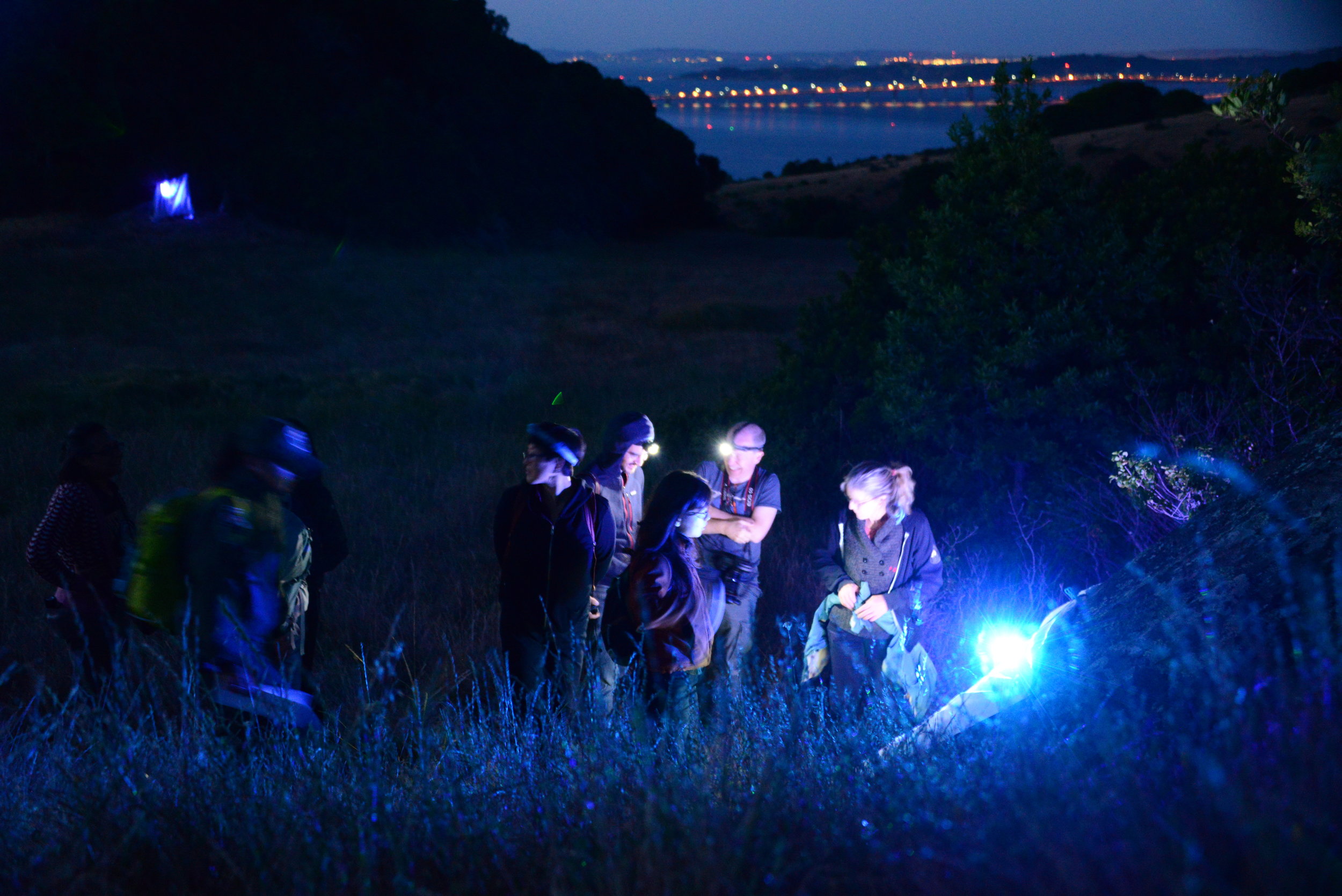
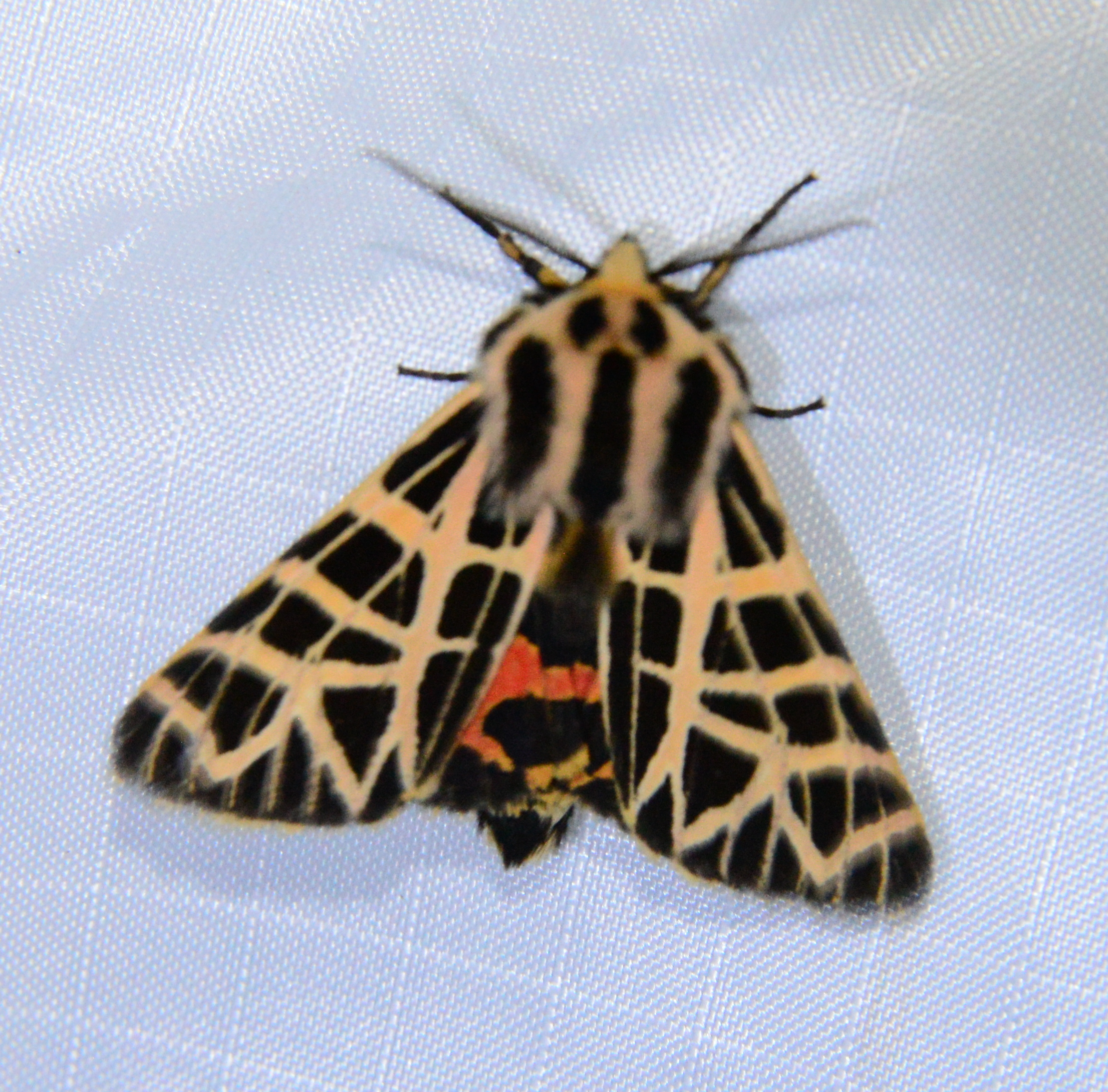
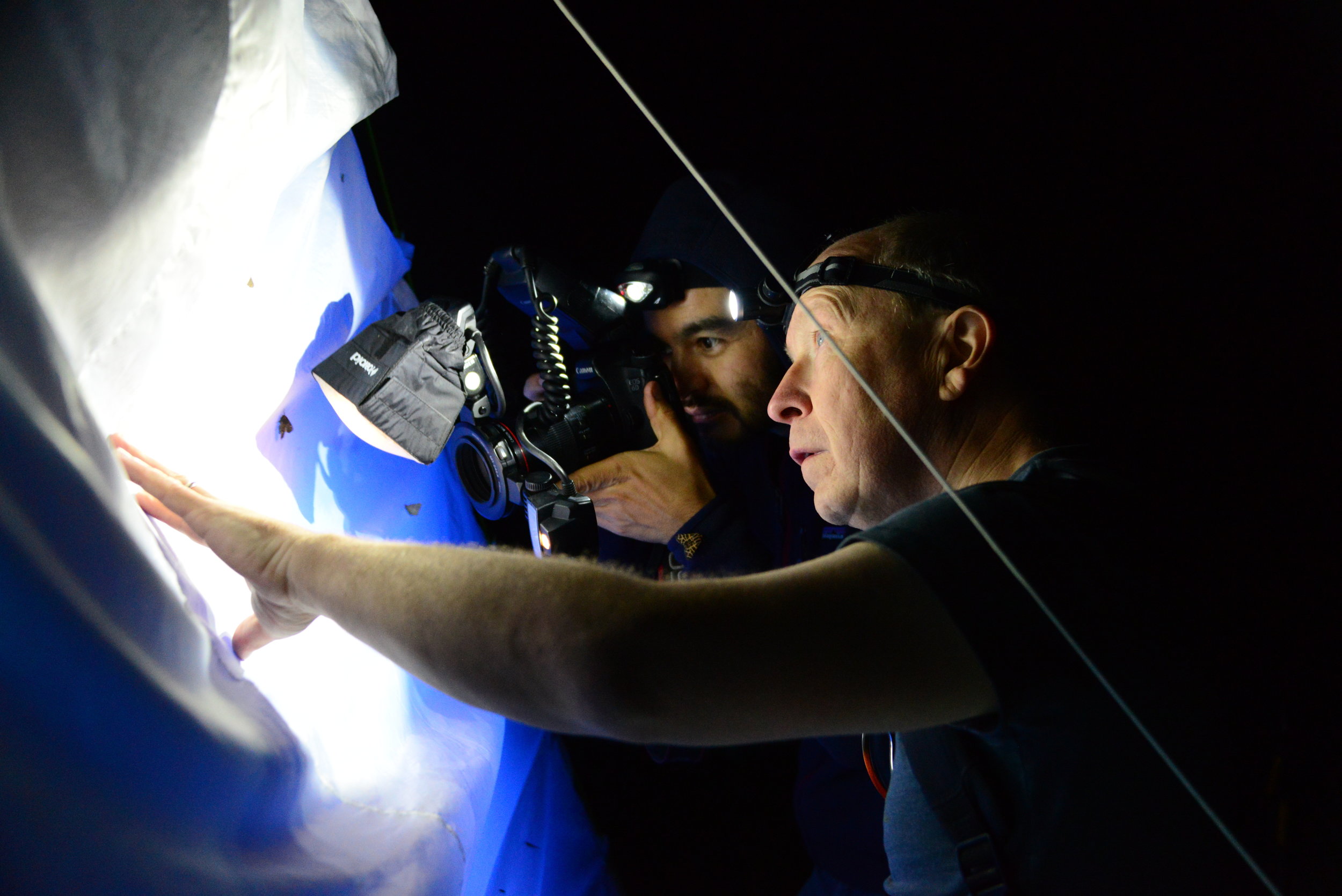


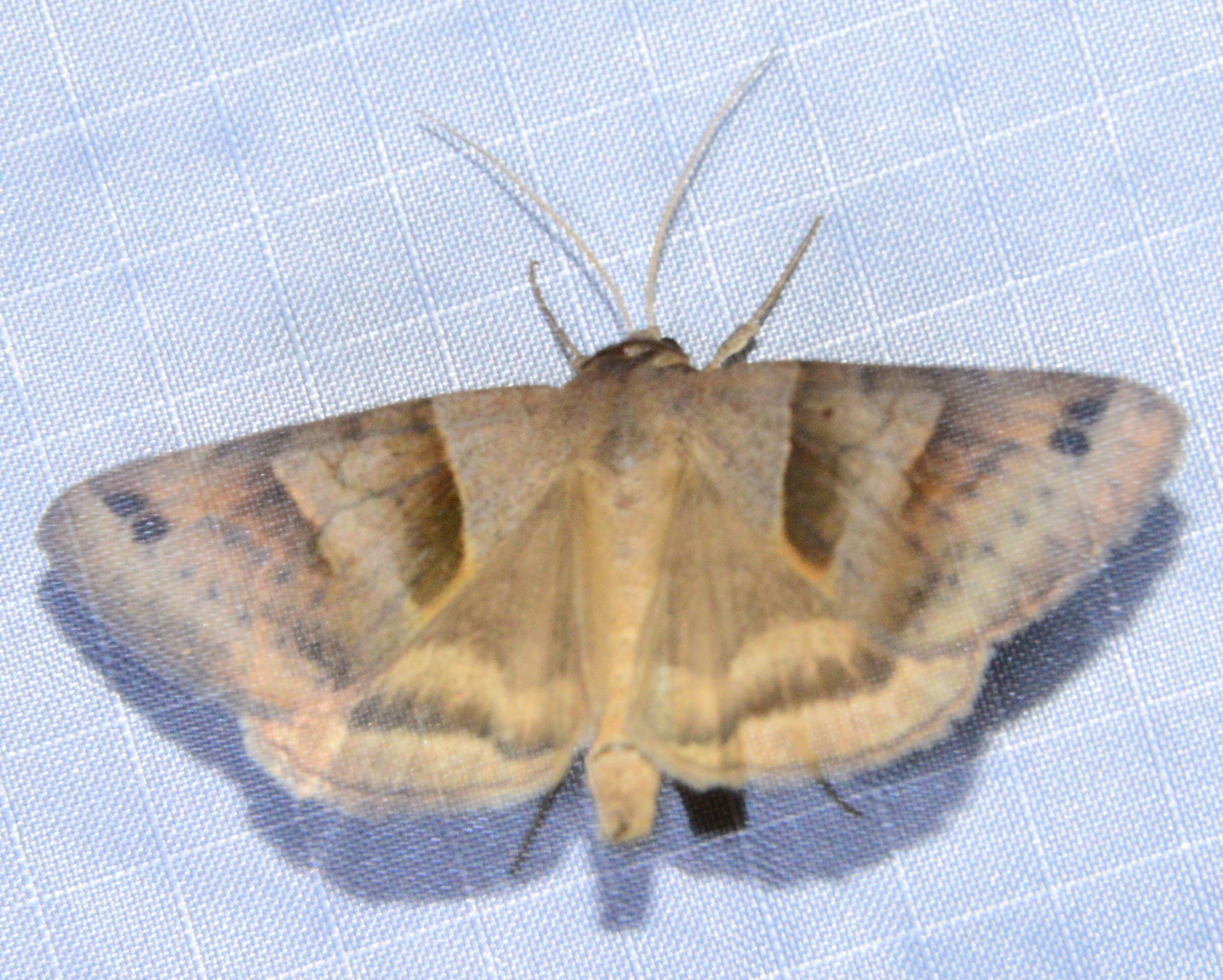
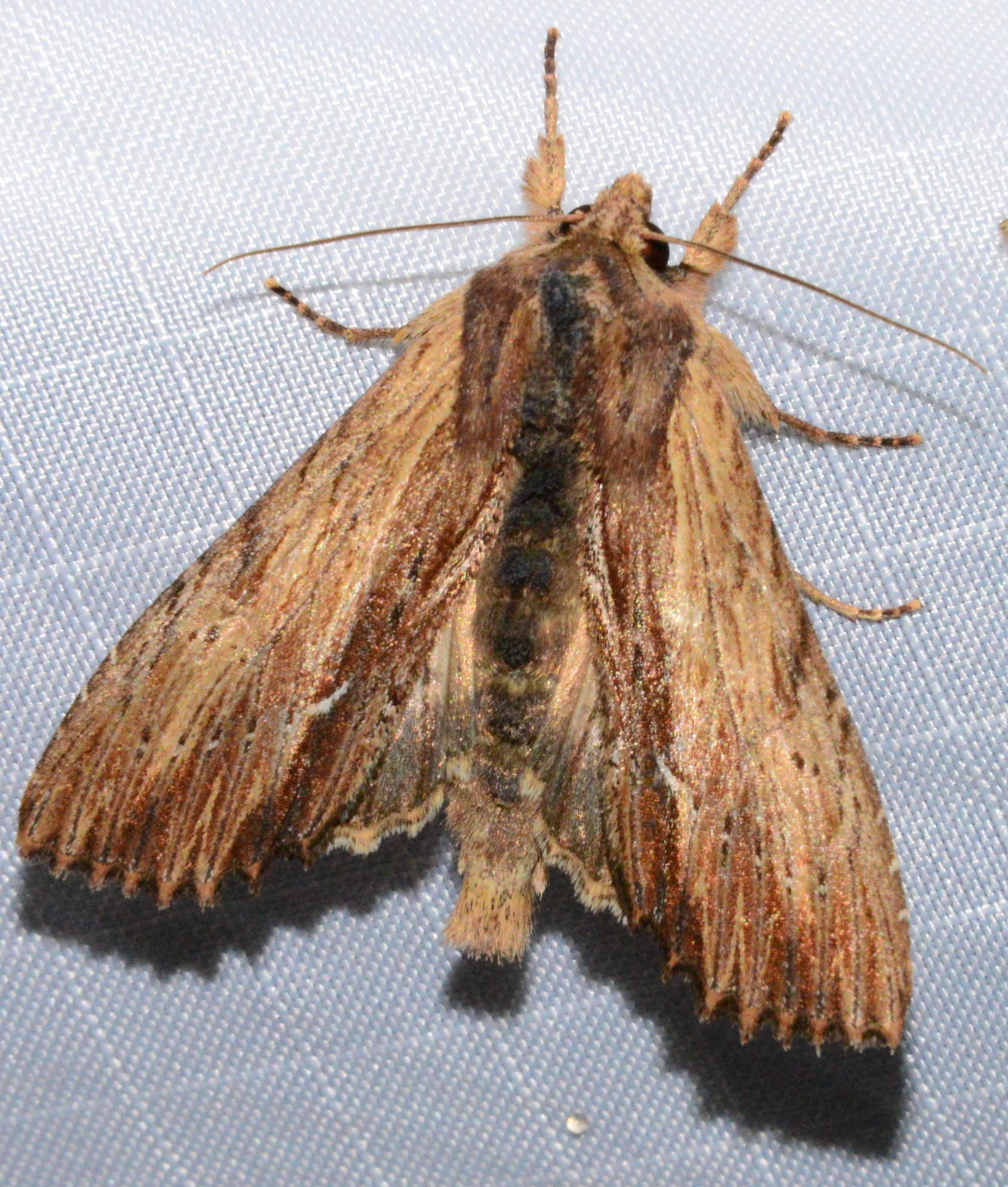
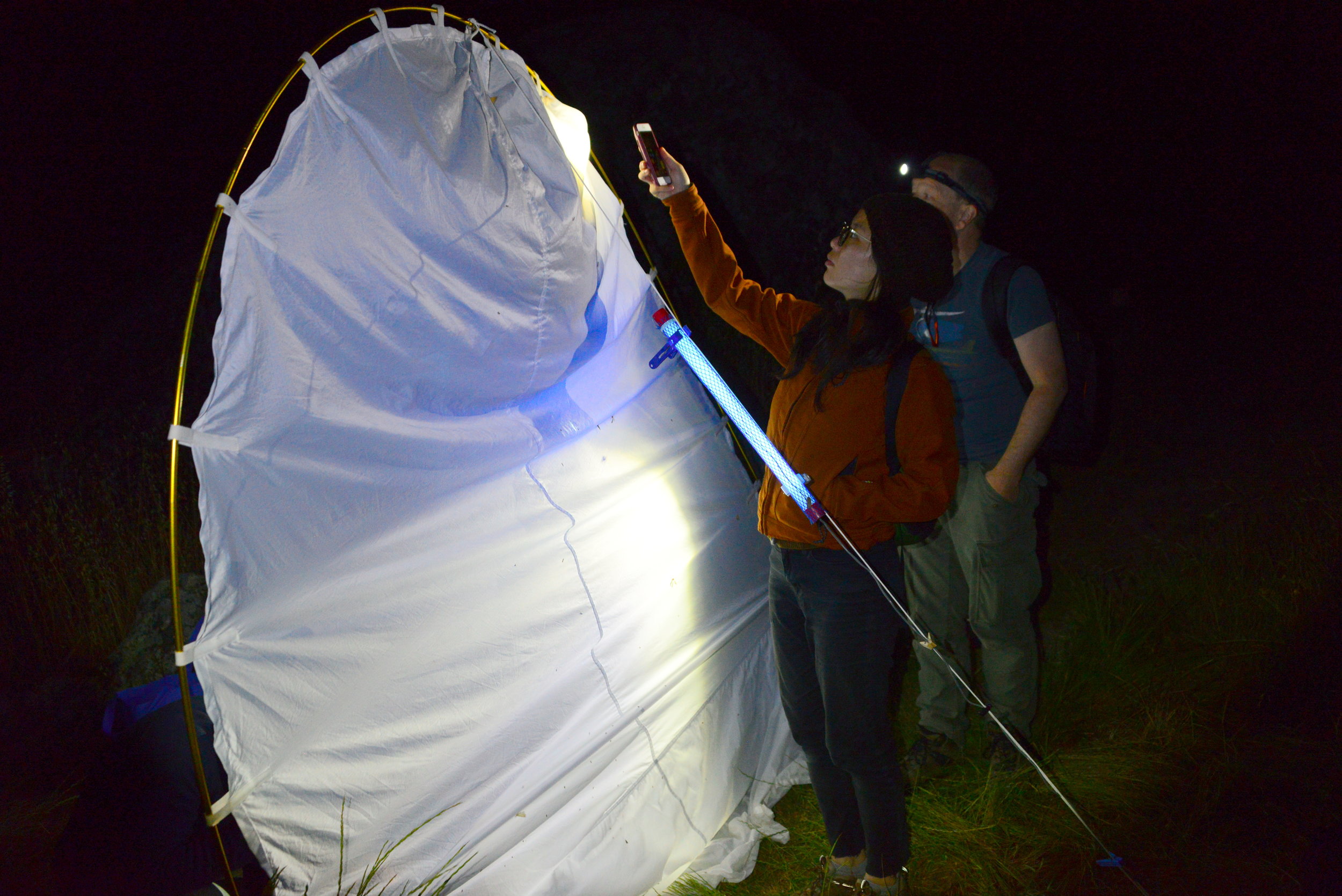
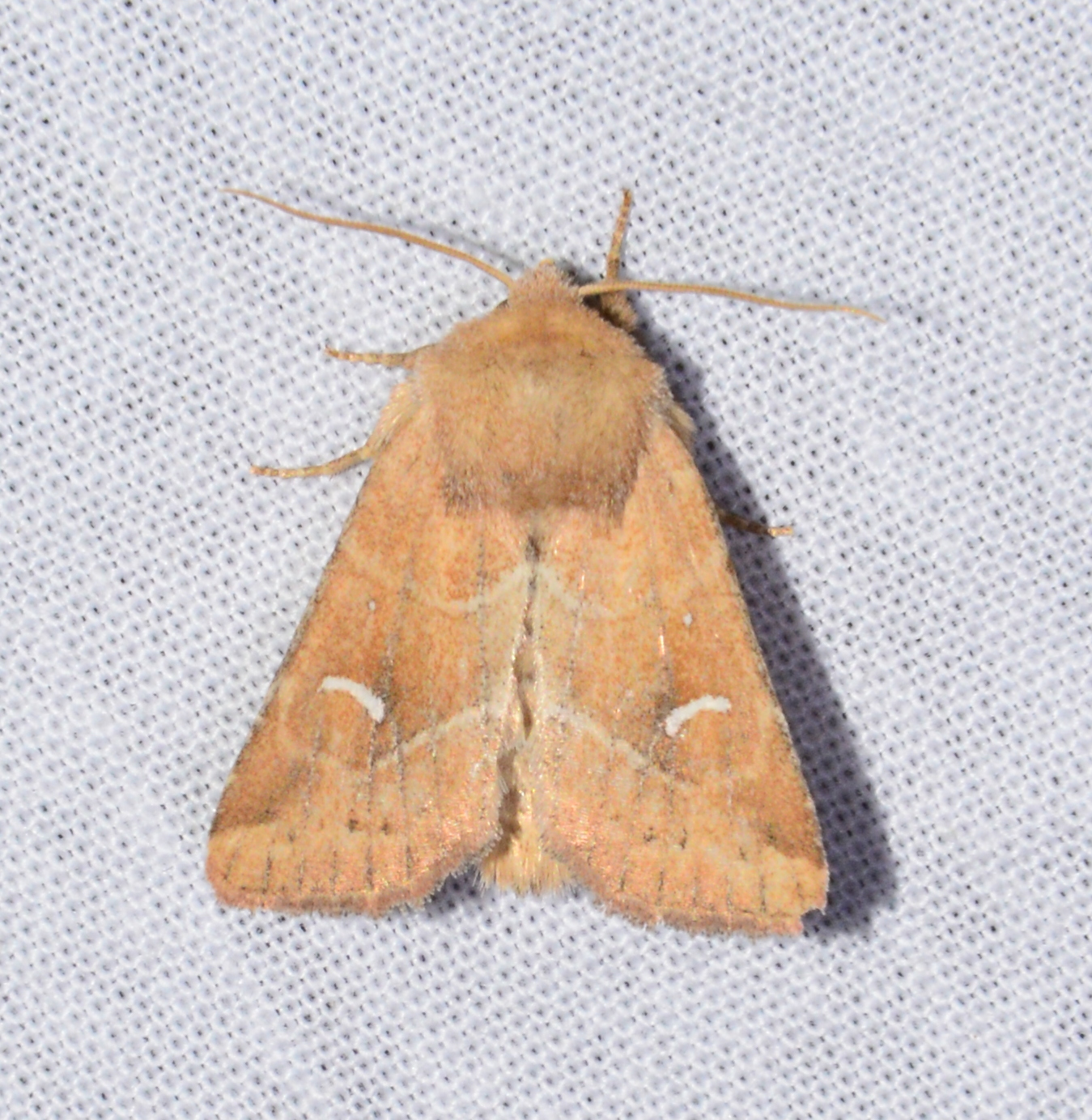
Ring Mountain is a biological and geological jewel of the Bay Area and it sits on some of the most expensive land in the country. It is only due to the foresight and work of many agencies that this piece of land has been preserved for all to enjoy and didn't turn into a track of homes. In 1983 the Nature Conservancy acquired the land after a long battle with developers and over a decade later turned over the parcel to Marin County Parks to manage, which continues the stewardship by protecting the geological, archaeological, and biological riches of this unique space.



